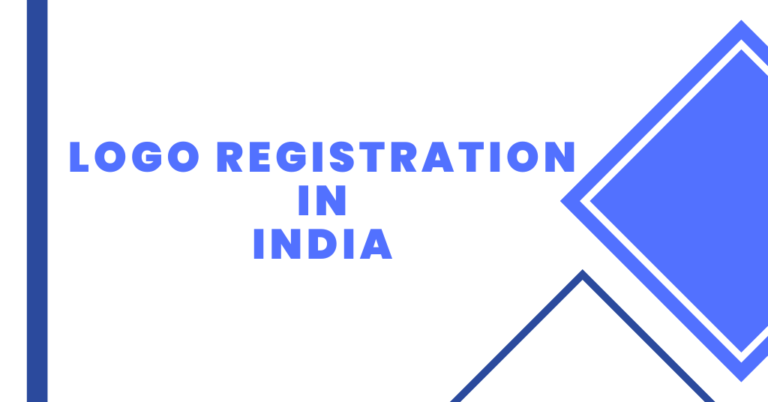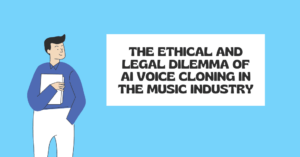In the competitive economic climate of today, trademarks are crucial for establishing and protecting a company’s or brand’s identity. In addition to being an essential component of a company’s visual identity, a well-designed logo is also a priceless asset that needs to be safeguarded. A logo is nothing more than a type of trademark, or what IP professionals refer to as a device mark, which, when registered, offers the highest level of legal protection against the use and violation of the same. This article provides a thorough overview of the logo registration process in India while highlighting important factors.
Let’s first define a logo trademark and see how it differs from other types of trademarks before addressing how to register a logo in India.
LOGO MARK
A logo trademark is a unique symbol, design, or combination thereof that is used to identify and distinguish the goods or services of a particular company or brand. It serves as a visual representation of a business and plays a significant role in creating brand recognition and consumer association (Given below are the few examples of the logo marks).

LOGO REGISTRATION PROCESS IN INDIA
Public Search for Logo Trademarks
Before registering a logo trademark or any other type of trademark, a comprehensive public search is required. The public search for a logo is conducted on the same portal, but under the Vienna code. The Vienna code search is used to identify any previously registered logo marks in conflict with the applicant’s. The Vienna code search is typically used to locate device marks with comparable features. The six-digit Vienna code must be entered in the field designated “Vienna code” before selecting the appropriate class. After conducting a search, the result table will list all of the marks that contain the device. To avoid future opposition, it is also necessary to conduct a more straightforward search using Google Lens.
Filing Stage
The process of registering a logo mark in India is akin to that of registering a ‘word mark’, with the exception that the applicant must select the ‘Device’ mark as the category of trademark during the filing procedure. Upon completion of the aforementioned task, a prompt will appear, providing the user with the opportunity to upload the logo. The logo may be uploaded with dimensions of 8 by 8 centimetres. When submitting a trademark application for a logo, it is necessary to provide a brief description of the logo. The depiction of the logo must be comprehensive and precise in its portrayal.
As an example, in the context of McDonald’s, the logo can be described as a device consisting of two yellow arches arranged in the shape of the letter “M,” accompanied by the text “McDonald’s” written below in a red rectangular box.
Company logo registration
Similar to any other trademark, a logo has the potential to be registered under the name of an individual or a company. The process for both is identical. The government levies a fee of Rs. 4,500/- for each application submitted by an individual or sole proprietor, and a fee of Rs. 9,000/- for companies, provided that the application is filed through the online mode. In the event that the company seeking to register a logo trademark qualifies as a Micro, Small, and Medium Enterprise (MSME) or a startup, a reduction of 50% on the applicable government fees may be obtained by furnishing the MSME or Startup certificate that has been duly issued by the Government of India.
Examination process
The examination process for a logo mark differs from that of a word mark. Upon filing, a logo mark is initially subjected to scrutiny by the Vienna code classification system to determine the presence of any comparable marks in the database. Once this stage is cleared, the logo mark is deemed suitable for the ‘Formalities check pass’ evaluation phase. Conversely, a word mark is directly subjected to the ‘Formalities check pass’ stage, thereby expediting the examination and registration process.
Apart from these three aforementioned steps, the process of registering a logo in India is akin to that of any other type of trademark registration. The duration of validity for the registration is 10 years from the date of filing, contingent upon the fulfilment of renewal requirements.
PROS & CONS OF LOGO REGISTRATION
Pros
- A logo registration allows a business to flourish and reach worldwide markets more quickly than a word mark since humans recall physical characteristics faster than words.
- A logo makes it easier for consumers to distinguish one company’s goods or services from another.
- Unlike a word mark, a logo registration makes it easier to discover unauthorised usage and replication in the market.
Cons
- A registered logo cannot be revised, and if an organisation wishes to modify their logo, they must file a new registration, protecting the modified logo.
- A logo registration takes longer than a word mark registration because it must pass an additional step of scrutiny.
- Because a logo trademark requires more ingenuity and professional assistance, it is more expensive to file than a word mark.
CONCLUSION
Logo registration is a crucial step in safeguarding a company’s brand identity in India. It provides exclusive rights, legal protection, and enhanced brand recognition. Before filing, conducting a thorough Vienna code search, and writing the accurate description of the same is essential. By carefully considering these factors, businesses can make informed decisions to protect and grow their brand in India.










